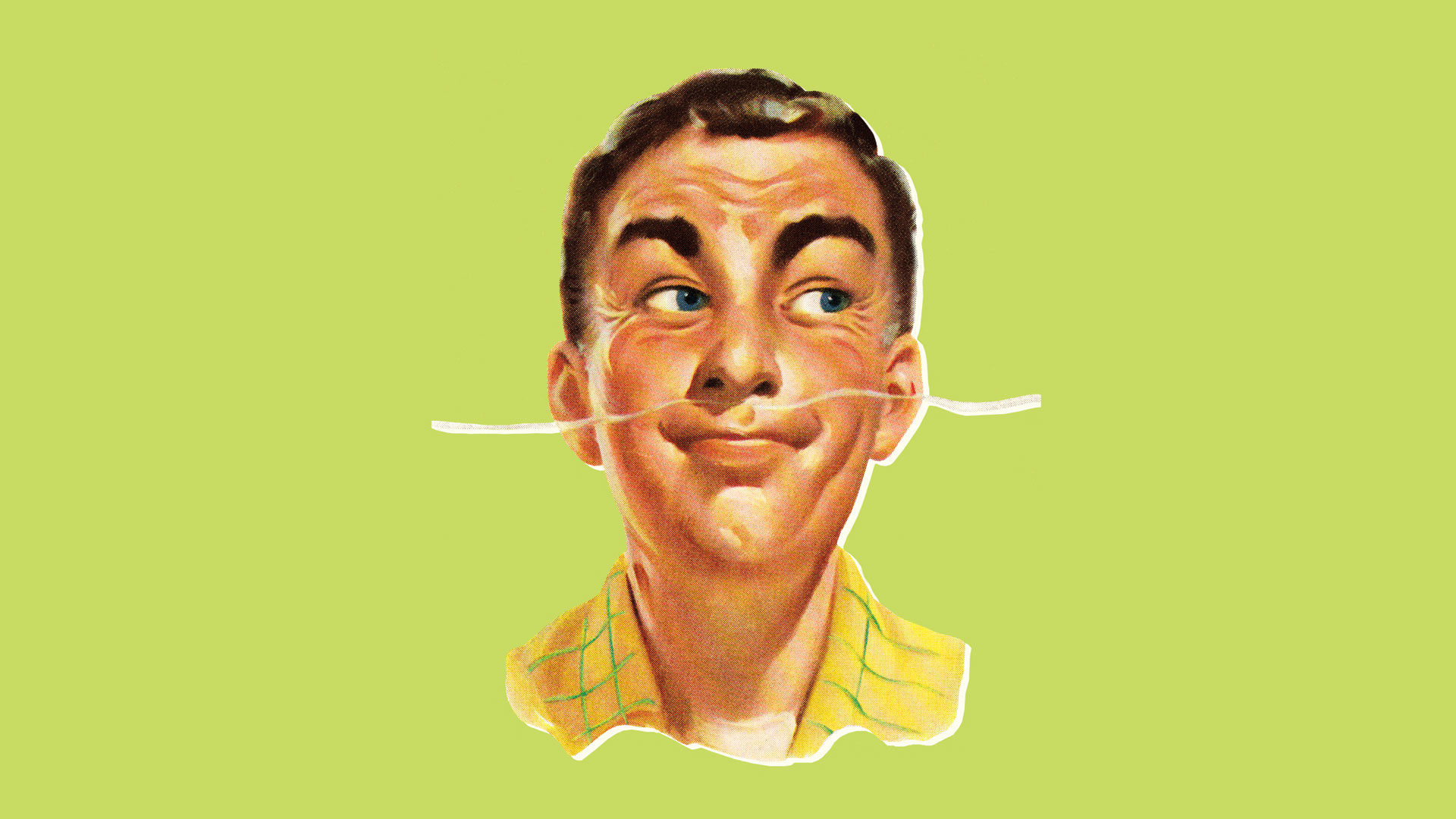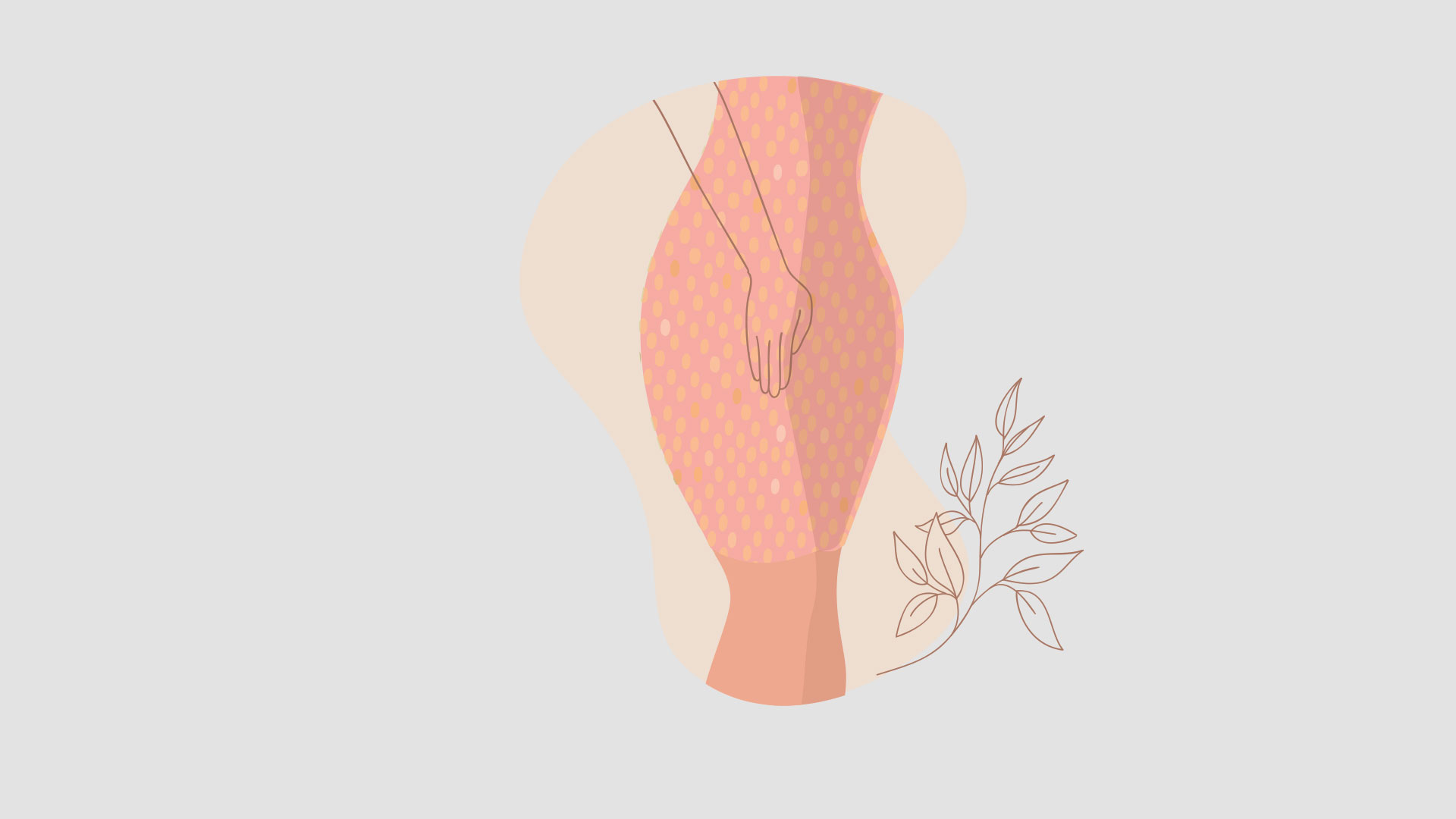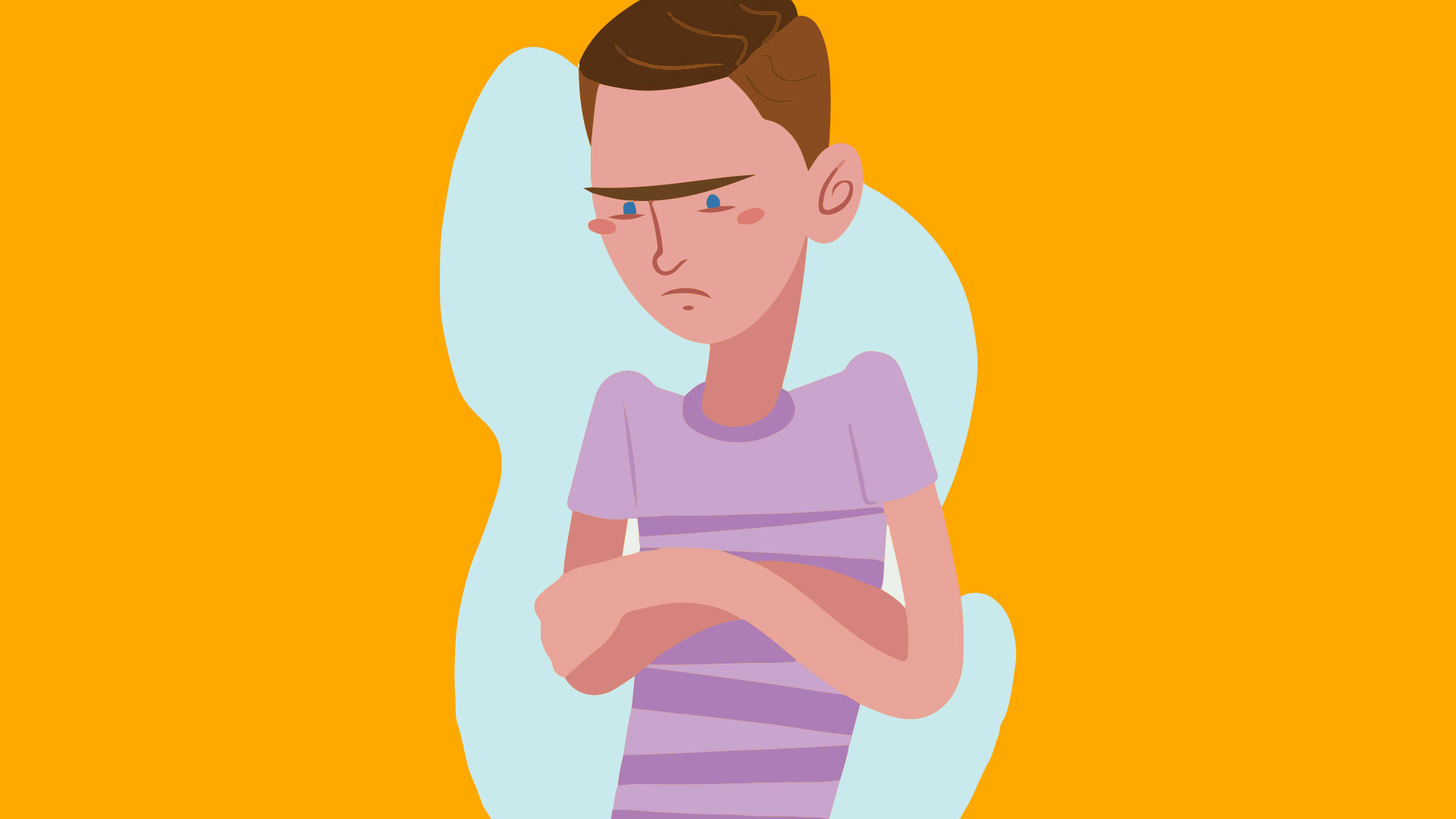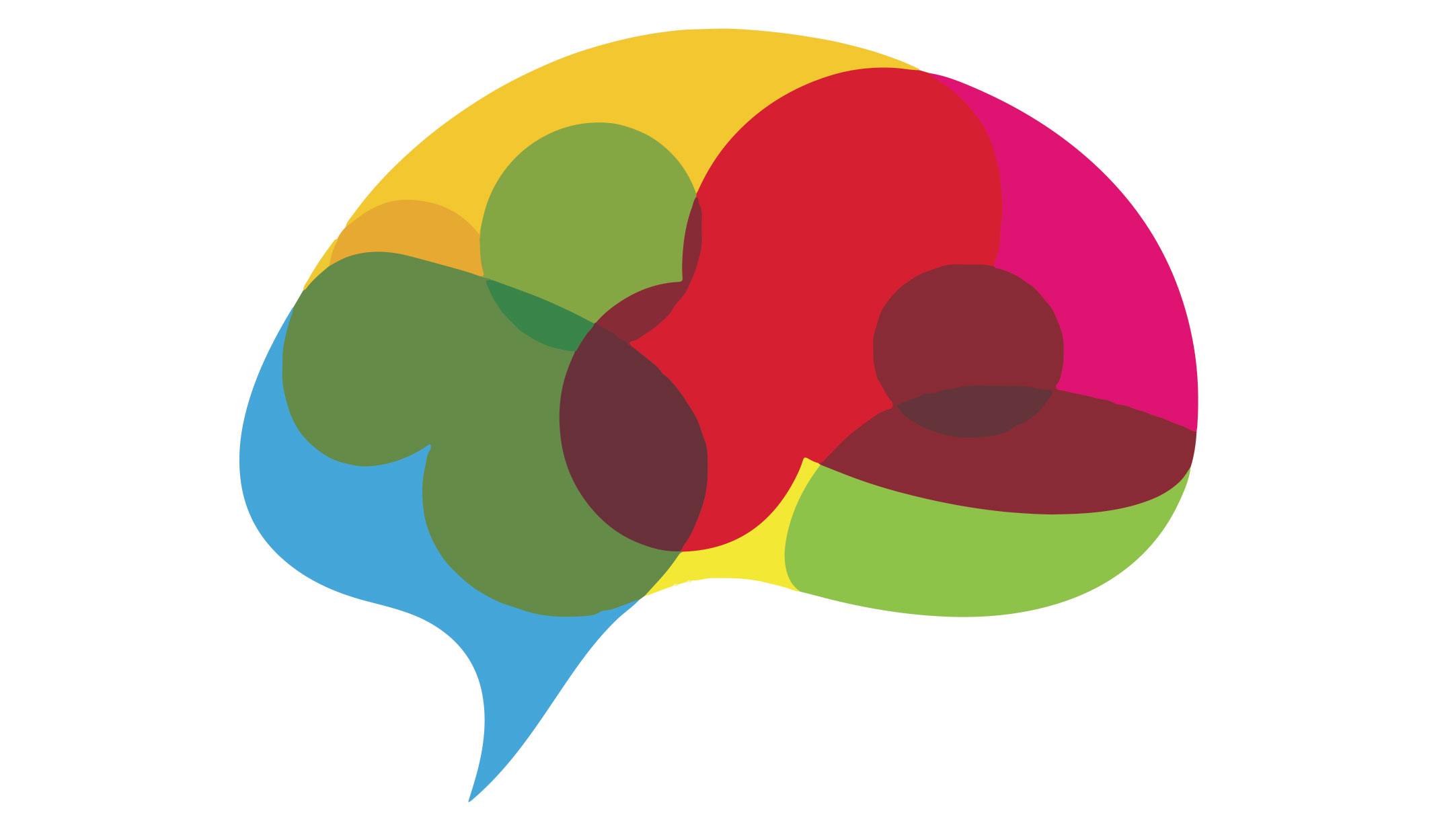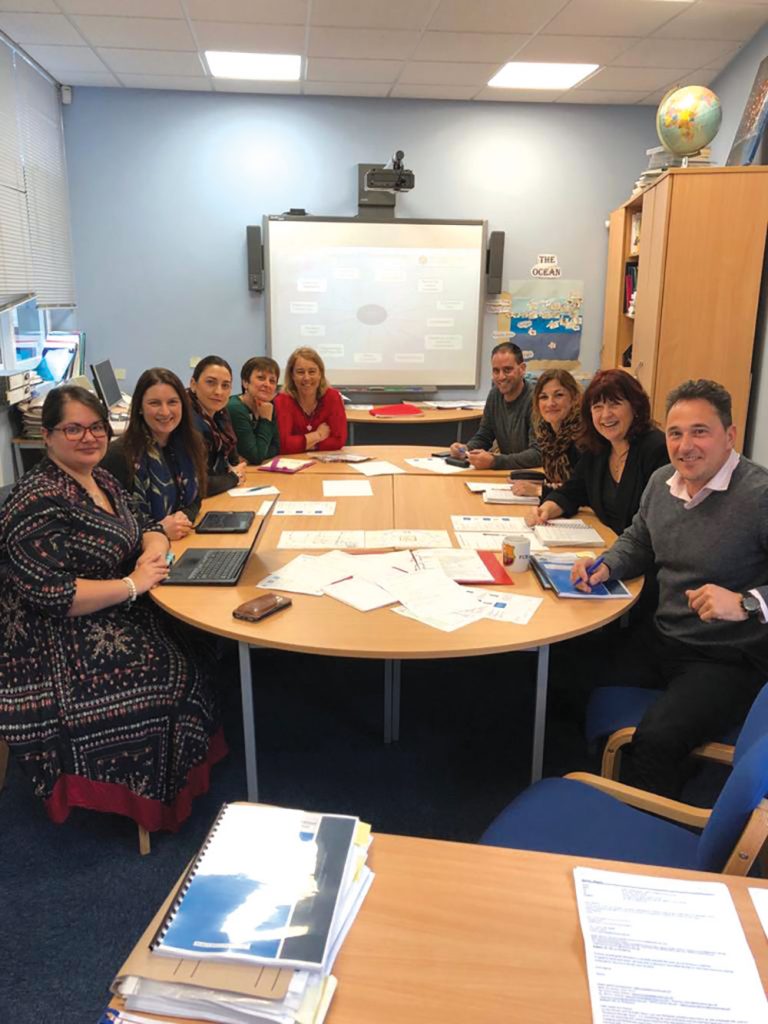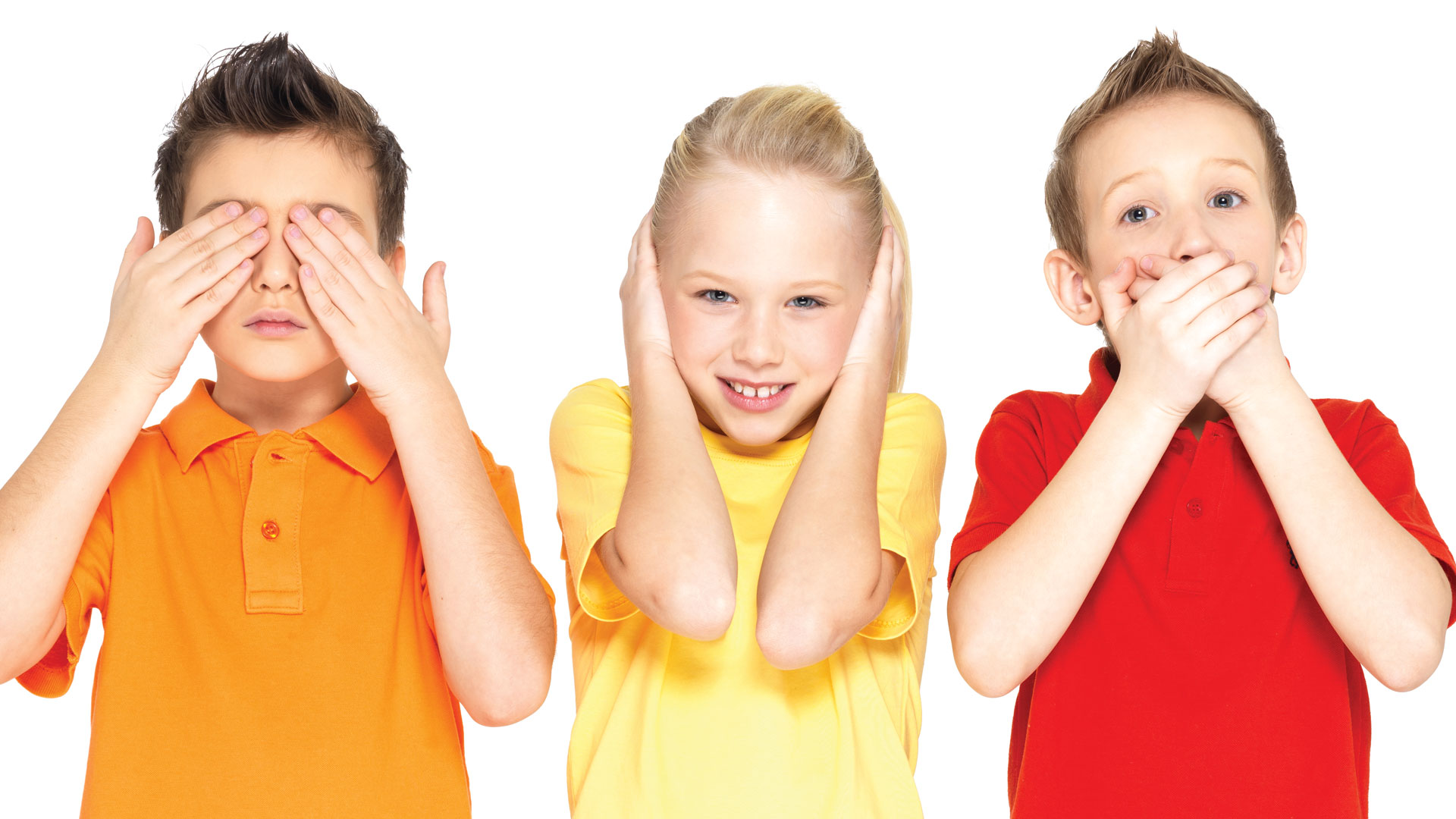Apple Cider Vinegar
Apple Cider Vinegar, the fermented juice from crushed apples, is often classified as a ‘wonder food’ alongside things such as garlic, tomatoes, avocados and oily fish. There is no substitute for a healthy diet, but ‘wonder foods’ can give that added boost and help in a variety of ways that will aid health issues and help to strengthen your immune system. Apple cider vinegar is full of nutrients. It contains trace amounts of potassium, magnesium, iron, phosphorus, manganese, amino acids and antioxidants and is only 3 calories per tablespoon.
A Myriad of Uses
Apple cider vinegar has been used as a natural remedy for years; in ancient times for its health benefits and it is known that the Greeks treated wounds with it. In recent years, people have explored apple cider vinegar as a way to lose weight, improve heart health, and even treat dandruff. Recent evidence based research suggests that it may also be effective in improving cholesterol and in blood sugar control for people with Diabetes 2. An article in Medical News Today stated that a study on eight people found that those who consumed apple cider vinegar before eating a meal had lower insulin and triglyceride levels after the meal than those who had a placebo. It may also have antibacterial and antifungal properties. This is mostly attributed to its main ingredient, acetic acid.
Use apple cider vinegar as a detox for your body. It can help promote circulation and detoxify the liver. The acid can also bind to toxins which can assist in removing them from the body. Apple cider vinegar’s potassium content helps to break up mucus in the body and clear the lymph nodes.
Here are some ways you can incorporate apple cider vinegar into your diet:
A great way to kick-start your day is by including apple cider vinegar into your morning routine. Dilute it into your morning tea or glass of lemon water. If you don’t like the taste, add spices like cinnamon or cayenne pepper which will boost your metabolism.
How about blending some apple cider vinegar into a smoothie? Add your favourite fruits or vegetables to give you all the nutrients and vitamins you need before you set off for work or start your daily routine. Another way to include the vinegar into your daily food is by adding it to salad dressings, mayonnaise or mixing it into soups.
Because of its strong flavour, some people prefer to mix apple cider vinegar with something else to disguise the taste. However, taking a shot or a tablespoonful is a fast and effective way to get it into your system. You may want to dilute it with water to protect your tooth enamel by mixing eight ounces of water with every 1-2 tablespoons.
Holland & Barrett have a range of apple cider vinegar products in liquid and supplement form. It is worth pointing out that not all vinegars are made in the same way. Apple cider vinegar is made through a two-step process. First, yeast is added to apple juice to break down the sugars and turn them into alcohol. Then, bacteria are added, which converts the alcohol into acetic acid. This bacterium is what is known as the ‘Mother’, because it is the catalyst that gives rise to the vinegar.
Raw, unfiltered organic Bragg Apple Cider Vinegar with ‘The Mother’ is high-quality, unfiltered vinegar made from organically grown apples. Some vinegar products remove ‘The Mother’, a cobweb-like substance that gives the vinegar a cloudy appearance, that forms naturally as the raw organic vinegar ferments but which is, in fact, the healthiest part of the vinegar.
‘The Mother’ consists of dozens of strains of good bacteria, which are also referred to as probiotics, which help keep your digestive system running smoothly and are good for your immune system. It also has enzymes which are essential for breaking down foods so that your body can make use of the nutrients you consume.
If you don’t like the idea of drinking apple cider vinegar then consider taking it in tablet form. Try the easy to take chewable New Nordic Apple Cider Gummies with ‘The Mother’ or Holland & Barrett’s Apple Cider Vinegar 300 mg tablets.
Apple cider vinegar won’t replace a balanced diet and exercise and it isn’t a miracle ‘cure-all’, but it can promote health and help you maintain it.

Advisory Information:
Food supplements must not be used as a substitute for a varied and balanced diet and a healthy lifestyle. If you are pregnant, breastfeeding, taking any medications or are under medical supervision, please consult a doctor or healthcare professional and always read the label before use.






